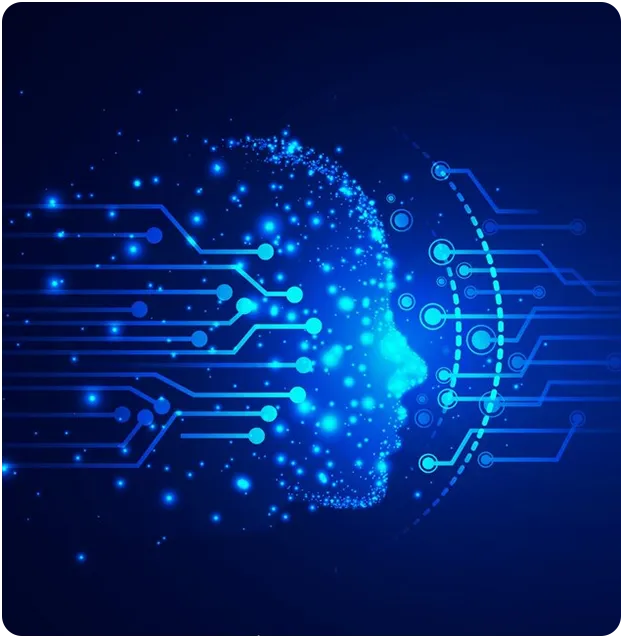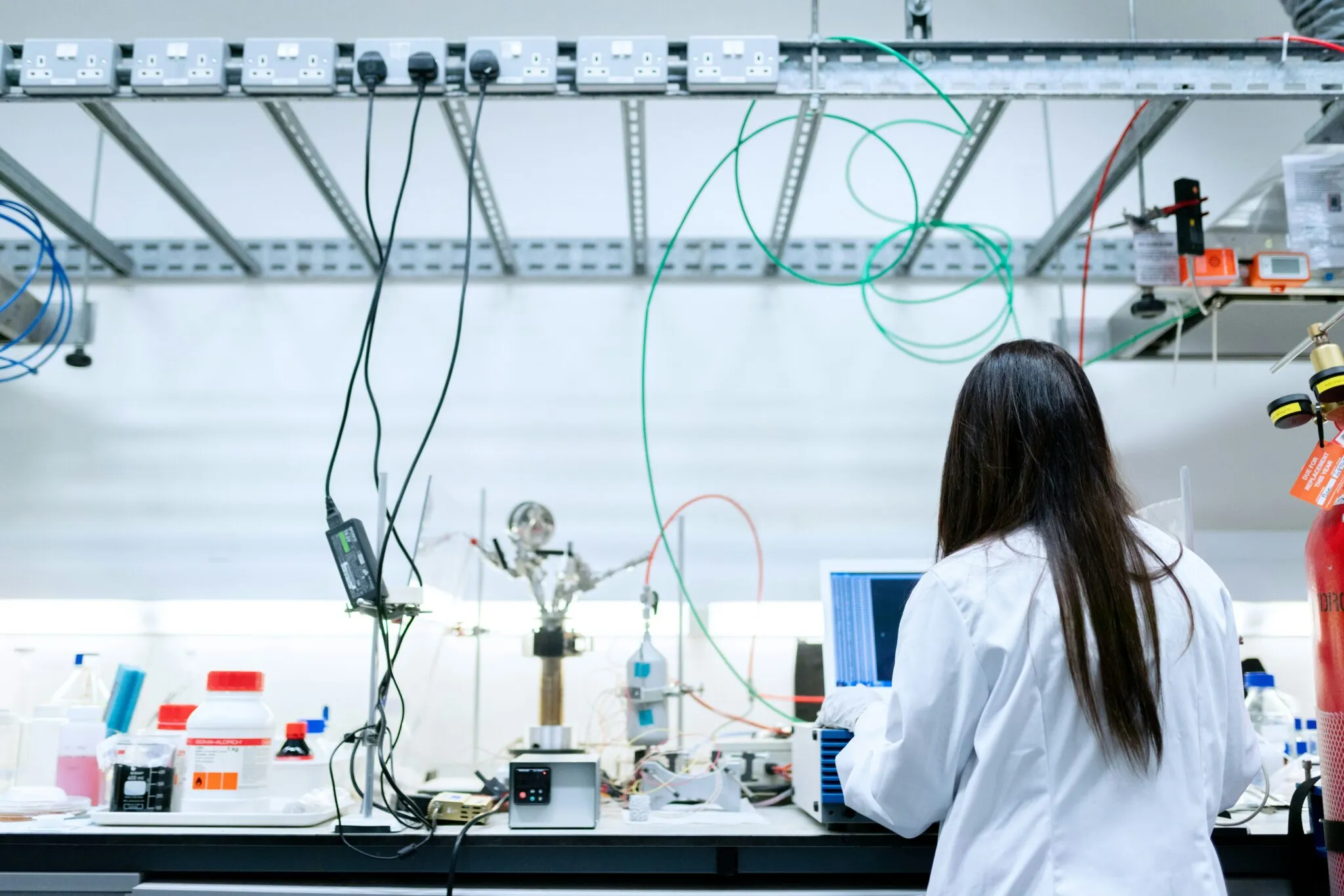Faster, Smarter eCTD
Submissions with AI
Eliminate manual errors, accelerate regulatory approvals, and stay compliant with an AI-powered eCTD submission platform that automates document processing and validation.
About Us
NuMantra Technologies
At NuMantra Technologies, we’re building the next-generation AI-powered eCTD submission automation platform—designed to eliminate inefficiencies in regulatory workflows for pharmaceutical and life sciences companies. While our product is currently in development, we’re actively collaborating with industry professionals to ensure it meets real-world compliance needs. We’re looking for industry partners to help shape our intelligent document processing (IDP) and generative AI solutions—automating submission validation, document structuring, and compliance tracking. Join us in revolutionizing regulatory submissions with AI-driven efficiency. Let’s build the future of eCTD together.
The eCTD
Opportunity

The challenge
Regulatory submissions are complex, time-consuming, and prone to human errors. Teams spend weeks formatting, validating, and compiling eCTD dossiers—leading to costly delays and compliance risks.

The Solution
Our AI-driven platform aims to simplify eCTD submission preparation with:
- Automated document formatting – Ensures compliance with FDA, EMA, and global standards
- AI powered validation – Detects errors before submission to reduce rejections
- Real-time collaboration – Teams can work seamlessly on a centralized cloud platform
- Generative AI assistance – Auto-classification, document hyperlinks, and XML generation
- Reduce submission time by up to 50% and cut down errors by 90%
- Join our early adopters and streamline your regulatory workflow.
How It Works
Step 01
Upload your documents
Drag & drop or integrate with your existing systems.
Step 02
Automated processing
Our AI formats, validates, and compiles submission-ready eCTD files.
Step 03
Smart review and edits
Identify and correct compliance risks before submission.
Step 04
Submit with Confidence
One-click eCTD submission with a complete audit trail.
Key Benefits
AI-Powered Compliance Checks
Avoid rejections with automated validation.

50% faster submission preparation
Automate tedious tasks and free up your team.

Regulatory-Ready Formatting
Stay compliant with evolving global regulations.

Seamless Integrations
Connect with your existing document management systems.
Be Part of the Future of AI-Driven Regulatory Compliance
Are you a regulatory affairs professional, compliance officer, or CRO manager struggling with time-consuming eCTD submissions? NuMantra Technologies is developing an AI-powered automation platform to streamline submission validation, document structuring, and compliance tracking.
We’re looking for industry partners to collaborate with us and provide real-world insights to ensure our solution meets industry needs. As a beta partner, you’ll gain early access to our platform, provide feedback on key features, and help shape the next generation of regulatory automation.
Why Join?
- Influence the development of an innovative compliance tool
- Get early access to AI-powered eCTD automation
- Exclusive access to beta partner incentives
- Work alongside industry peers to improve submission workflows




